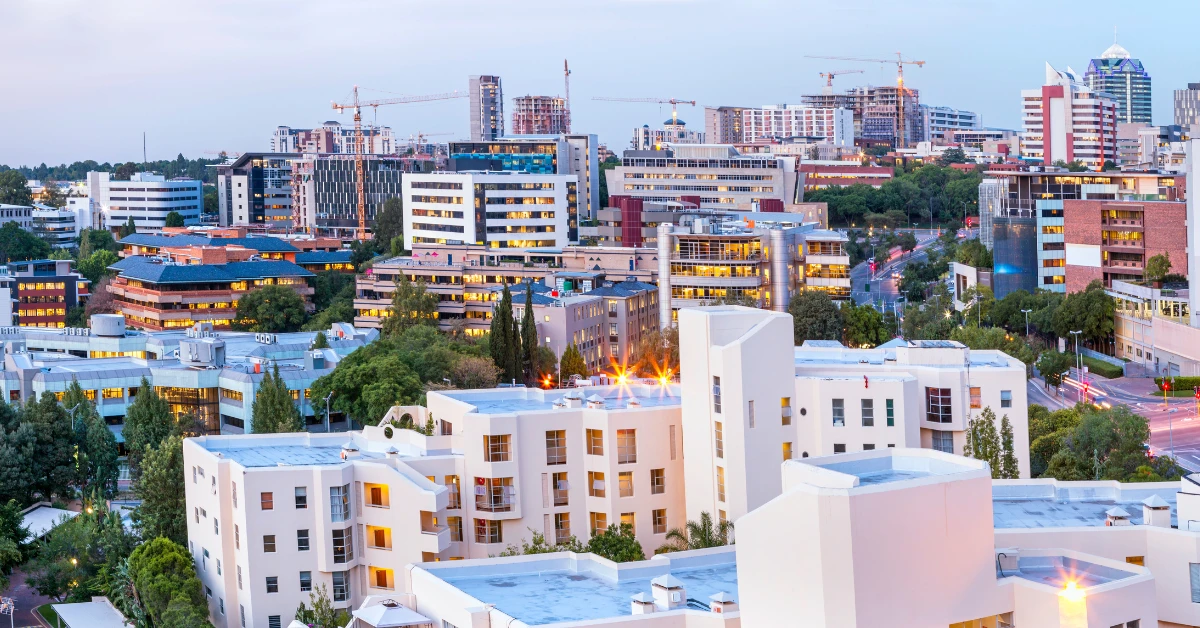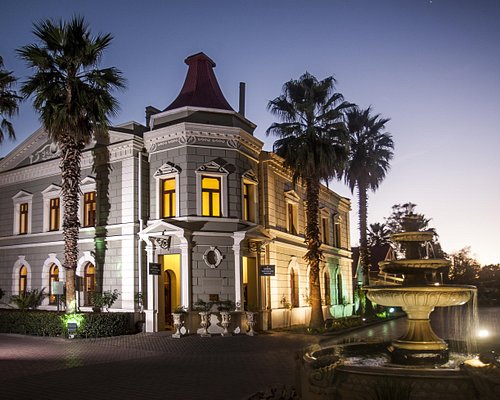Some Of Johannesburg North Attractions
Some Of Johannesburg North Attractions
Blog Article
How Johannesburg North Attractions can Save You Time, Stress, and Money.
Table of ContentsNot known Details About Johannesburg North Attractions Unknown Facts About Johannesburg North AttractionsWhat Does Johannesburg North Attractions Do?Examine This Report on Johannesburg North AttractionsJohannesburg North Attractions Can Be Fun For EveryoneGetting My Johannesburg North Attractions To WorkJohannesburg North Attractions Things To Know Before You Get This
You need to keep security in mind and vacationers have to stay sharp at all times when in strange environments. Talk with the locals when you remain in community to learn about the location you are remaining in. Johannesburg North attractions. When on the street (this does not apply to shopping malls and various other secure settings) finest basic recommendations is to try your finest to appear like a regional and to prevent showing any form of riches
The Main Principles Of Johannesburg North Attractions
Teacher Revil Mason O. J. (Thomson, 1946) discovered the Witwatersrand's pre-colonial history. His archaeological job blew up the 'em pty land' misconception, according to which the region was devoid of human habitation before the arrival of European inhabitants. In his magazines Prehistory of the Transvaal: A Record of Human Task (1962) and Beginnings of Black People of Johannesburg and the Southern Western Central Transvaal Advertisement 3501880 (1986 ), Teacher Mason demonstrated the extent of social and economic advancement in the area prior to Europeans established foot below.

Facts About Johannesburg North Attractions Revealed
In 1878, David Wardrop found gold in quartz veins at Zwartkop, north of Krugersdorp. In 1881, Stephanus Minnaar came throughout gold on the farm Kromdraai, near the Cradle of Humankind.
In March 1886, an outcropping (quickly to be called the Key Reef) was located, rather fortuitously, on Gerhardus Oosthuizen's ranch Langlaagte. Some say that the Lancastrian coal miner George Walker found this reef. One more travelling English prospector, George Harrison (who had formerly worked in Australian mines) acquired a prospecting licence in regard of Langlaagte in May 1886.
He determined to go on in a pursuit for greener fields, and disposed of his Langlaagte claim for the handsome amount of 10. Alas: below lay the richest goldfield ever before found. The exploration of this rich auriferous coral reef prompted a gold rush that signalled the end of bucolic tranquillity in the southerly Transvaal.
It would, within six years, end up being the biggest town in southern Africa. Within a years, it would certainly make the Z. A. R. up until after that an anarchical and bankrupt little state the wealthiest country in Africa. By the turn of the century, the Z. A. R. was to surpass Russia, Australia and the United States of America to come to be the world's leading gold manufacturer, generating greater than a quarter of the globe's gold.
All about Johannesburg North Attractions
It was recognized as Ferreira's Camp, called after Colonel Ignatius Ferreira. He was a Boer traveler upon whom the British authorities had presented the status of Buddy of the Many Differentiated Order of St Michael and St George (qualifying him to the post-nominal letters C. M. G.) in gratefulness for his duty in the war that had actually deposed the Pedi king Sekhukhune in 1879.
2 various other camps were developed: Meyer's Camp on the ranch Doornfontein, and Paarl Camp. The latter was nicknamed Afrikander Camp; lots of people from the Cape Nest settled there.

3 Easy Facts About Johannesburg North Attractions Explained
This name got currency by word of mouth, such that the State Assistant verified the name to the Mining Commissioner on 9 October 1886. Stands in the village were auctioned on 8 December 1886. While some other stands were marketed for 10, others were knocked down for as little as sixpence.
2 years later, these erven were to alter hands for as much as 750 each. The tented camps decreased as a dorp of corrugated iron buildings developed and expanded north of the mines located along the Key Coral Reef Road. Locations such as Jeppe's Community (where working-class immigrants erected their dwellings) and Doornfontein (where the upscale new 'Randlords' began to build their luxurious residences) were quickly included in the ever-expanding map of the town.
How Johannesburg North Attractions can Save You Time, Stress, and Money.
Apart from the road names, there were no signs of Johannesburg being located in a Dutch-speaking country., virtually everyone talked English Read Full Report and even the Federal government slaves attended to one in English, unless they were first attended to in the Taal (or Reduced Dutch)'.
Because of this, Britain had an interest in guaranteeing ideal conditions for gold production on the Witwatersrand, and that the gold was exported to London rather than Berlin an essential provided all the much more clamant by the Z. A. R - Johannesburg North attractions.'s boosting toenadering with Germany. Mine owners were on a clash with President Kruger, whose policy of monopolistic giving ins (usually provided to his cronies) stopped mining business from procuring products of products (especially dynamite) and work by themselves, more affordable terms
Some Known Incorrect Statements About Johannesburg North Attractions
In 1890, the Volksraad had actually restricted the franchise to white guys that had lived in the Z. A. R. for fourteen years or longer, hence disqualifying a lot of the immigrants (who occurred to be the significant contributors to the fiscus). However, anxiety for the ballot was a simple pretense for advertising a different agenda; the majority of uitlanders regarded click resources themselves as short-term visitors and had no intent of remaining in the Z.
Report this page